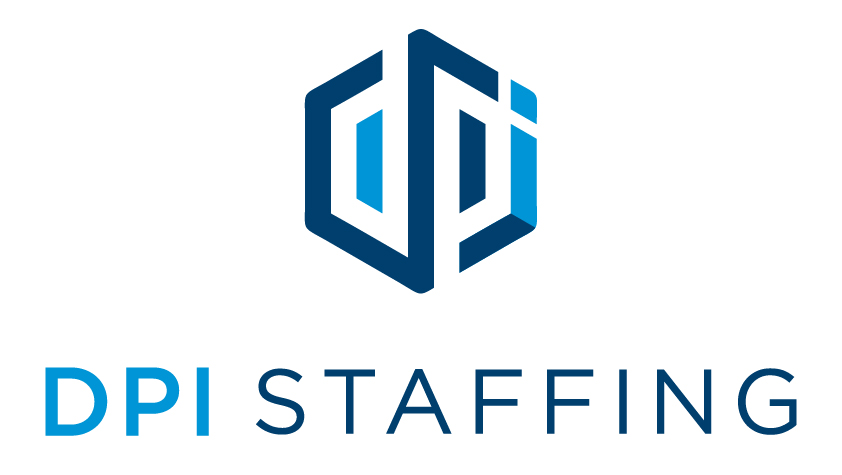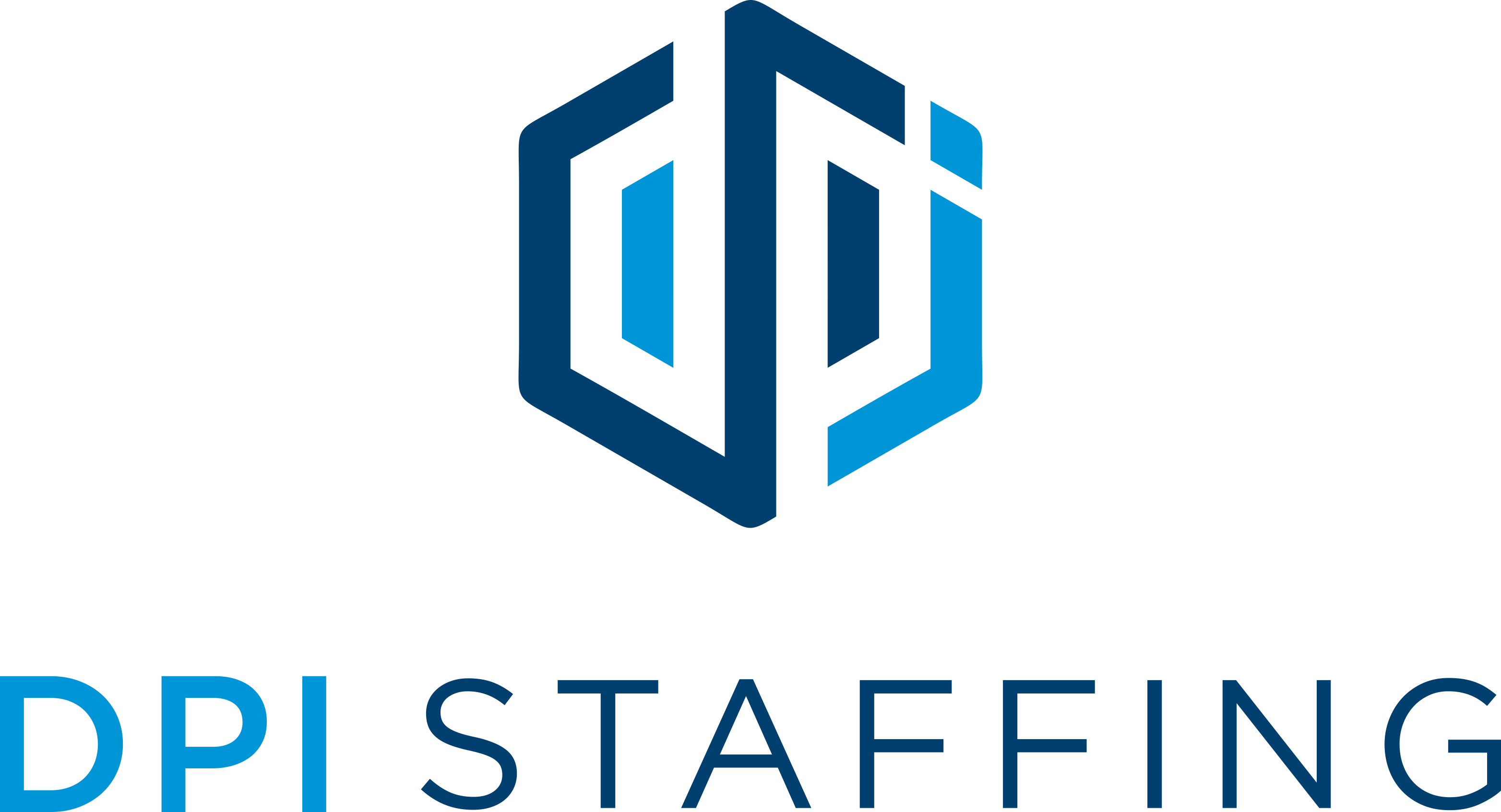October is National Disability Employment Awareness Month (NDEAM), a time to celebrate the contributions and talents of workers with disabilities and promote inclusive hiring practices. However, many employers remain unaware of the immense benefits that come from embracing a diverse workforce that includes individuals with disabilities. If you’re an employer who hasn’t yet explored the advantages of hiring people with disabilities, or you want to do more to improve your organization’s diversity, now is the perfect time to start.
Understanding National Disability Employment Awareness Month (NDEAM)
In 1945, our country first established a national week dedicated to recognizing the contributions of people with disabilities. Designated by Congress as NDEAM in 1988, the commemoration evolved to acknowledge the importance of increasing the number of people with disabilities in the workforce. Then in 2001 ODEP was created and given responsibility for NDEAM and for selecting and helping promote its annual theme.
Indeed, the theme for NDEAM 2024, “Access to Good Jobs for All,” emphasizes the importance of creating a workplace environment where all employees, including those with disabilities, have equal opportunities to succeed.
And check out this video about National Disability Employment Awareness Month 2024!
Why Hiring People with Disabilities Benefits Your Business
- Access to a Wider Talent Pool
One of the most significant advantages of inclusive hiring is the ability to tap into a wider talent pool. People with disabilities bring a variety of skills, perspectives, and experiences that can enrich your team and enhance your company’s performance. By broadening your search to include candidates with disabilities, you increase your chances of finding the perfect fit for your open positions.
- Diverse Problem-Solving. Employees with disabilities often excel at creative problem-solving and adaptability due to their life experiences. Indeed, this unique perspective can lead to innovative solutions that benefit your business.
- Enhanced Workplace Culture
Incorporating employees with disabilities into your workforce fosters a culture of inclusivity, respect, and collaboration. This positive environment not only boosts employee morale but also attracts top talent who want to work for a company that values diversity and inclusion.
- Employee Engagement. When employees see that their employer is committed to diversity and inclusion, they are more likely to feel engaged and valued, leading to increased job satisfaction and loyalty.
- Team Collaboration. A diverse team that includes people with disabilities can lead to richer collaboration, as different perspectives contribute to more well-rounded decision-making processes.
- Increased Productivity and Innovation
Studies have shown that companies that prioritize diversity and inclusion tend to outperform their peers in terms of innovation and financial performance. Employees with disabilities bring unique experiences and viewpoints that can drive creativity and lead to new ways of thinking about business challenges.
- Innovation Boost. Diverse teams are more likely to come up with innovative ideas and approaches, giving your business a competitive edge in the market.
- Productivity Gains. Inclusive workplaces are often more productive, as employees feel empowered to contribute their best work when they are part of a supportive environment.
- Improved Customer Relations
Hiring people with disabilities can also enhance your company’s reputation and relationships with customers. Consumers today are increasingly drawn to businesses that demonstrate social responsibility and inclusivity.
- Customer Loyalty. By showcasing your commitment to diversity, you can build stronger connections with customers who value inclusion, leading to increased customer loyalty and brand affinity.
- Better Understanding of Diverse Markets. Employees with disabilities can offer insights into the needs and preferences of a broader customer base, helping you better serve diverse markets.
- Tax Incentives and Financial Benefits
In addition to the cultural and operational benefits, some financial incentives are available to employers who hire people with disabilities. Various federal and state programs offer tax credits, grants, and other resources to support businesses in creating accessible and inclusive workplaces.
- Work Opportunity Tax Credit (WOTC). This federal tax credit is available to employers who hire individuals from certain target groups, including people with disabilities. The credit can offset the cost of hiring and accommodating employees with disabilities.
- Disabled Access Credit. Small businesses can use this credit to cover expenses related to improving accessibility, like installing ramps or modifying workstations.
How to Create an Inclusive Hiring Strategy
Finally: If your business hasn’t yet developed an inclusive hiring strategy, NDEAM is the perfect time to start! Here are some steps to help you get started:
- Educate Your Team
- Firstly, raise awareness among your leadership team and hiring managers about the benefits of hiring people with disabilities. For example, provide training on inclusive hiring practices and the importance of diversity in the workplace.
- Review and Adjust Hiring Practices
- Evaluate your hiring practices to identify barriers that might prevent candidates with disabilities from applying or being selected for positions. For instance, revise job descriptions, improve accessibility in your application process, and offer reasonable accommodations during interviews.
- Partner with Disability Organizations
- Collaborate with local disability organizations, vocational rehabilitation agencies, and other community resources to connect with qualified candidates with disabilities. These organizations can provide valuable support in sourcing, training, and accommodating employees with disabilities.
- Promote an Inclusive Culture
- Foster an inclusive workplace culture by encouraging open communication and offering disability awareness training. Your goal is creating an environment where all employees feel valued and supported.
- Implement Reasonable Accommodations
- Lastly, ensure that your workplace is accessible and that reasonable accommodations are available to employees with disabilities. This might include modifications to workstations, flexible scheduling, or assistive technologies.
Embrace the Power of Inclusion
In conclusion, National Disability Employment Awareness Month is a powerful reminder of the importance of inclusive hiring practices. And both employers and employees benefit from a diverse workforce. By embracing the talents and perspectives of people with disabilities, you can create a more innovative, productive, and positive workplace. But October isn’t the only time you can enhance your business by making inclusion a priority—make it a priority every month.
So if you’re ready to start building an inclusive workforce, contact DPI Staffing today. We’re here to help you create a workplace where everyone has the opportunity to thrive.





